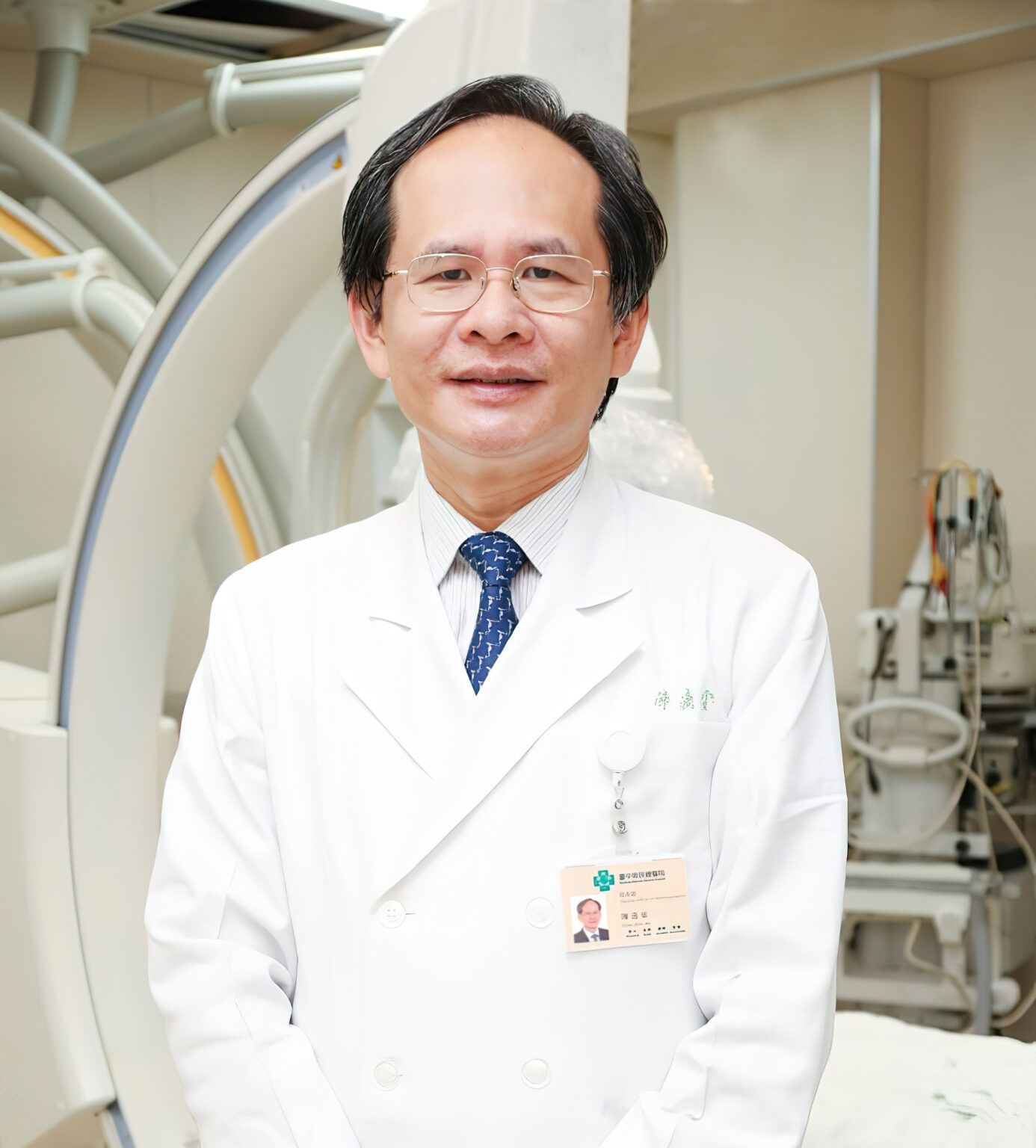Taichung Veterans General Hospital’s trailblazing approach to smart healthcare
)
Hospital Superintendent Prof. Shih-An Chen tells us about the hospital’s smart projects – ranging from OR management to nursing systems – which have garnered regional and international recognition
Taichung Veterans General Hospital (TCVGH) is a leading force in Taiwan’s healthcare system. As the only public hospital in central Taiwan, the 1,600-bed facility serves some 9,300 outpatients and 200 patients in the emergency room daily.
To meet growing healthcare needs of the population in Taichung – the second largest city in Taiwan with approximately 2.8 million residents – the hospital has long invested into smart and digital healthcare capabilities.
Its efforts have received international recognition, including a spot amongst the top 300 global smart hospitals 2024 selected by Newsweek. In March 2024, it was ranked 2nd globally in the Digital Health Indicator (DHI) evaluation by Healthcare Information and Management Systems Society (HIMSS). DHI measures the degree of digital transformation of a hospital across four dimensions, namely Interoperability, Person-Enabled Health, Predictive Analytics, and Governance & Workforce. This 2nd place showing is the highest ever for a Taiwanese public hospital.
What is TCVGH doing differently that sets it apart from other hospitals? For the hospital’s superintendent, Prof. Shih-An Chen, the answer lies in having a solid Hospital Information System (HIS) infrastructure, and a strong commitment to continuous innovation and development in smart healthcare technologies to keep up with international trends.
|
|
Smart systems to boost efficiency in operation room management and nursing
TCVGH’s HIS acts as the foundation for its digitalisation journey. It integrates over 10 individual, specialised systems, ranging from PACS in radiology and cardiology, to lab and pharmacy information systems. “We have a software system for every individual division. This provides us with a good database for research and teaching, and also for analysis into improving the management of this hospital for better efficiency and patient experience,” said Prof. Chen. |
With this comprehensive digital backbone in place, the hospital has launched numerous smart health projects over the years, many of which were developed in-house by the hospital’s 100-strong IT team.
One example is the Smart Operation Room Management System, which was set up about five years ago. This tracks the length and status of surgical procedures in real-time to help administrators optimise the use of each operation room. For instance, if an operation ends earlier than expected, the hospital can quickly arrange for another patient to come in for their procedure.
So far, this had improved operation room usage efficiency by over 20%, shared Prof. Chen, which in turn led to faster and more timely surgical interventions for patients.
On the other hand, nurses are supported by the nursing information system, which allows them to easily view patient information such as vital signs, blood pressure readings and care plans, as well as easily communicate with other nurses or care team members on the go. As a result, nursing efficiency has risen by some 16% to 20%, a significant number given the heavy workloads of nurses today.
Prof. Chen also pointed to the emergency room (ER) system, a project kickstarted three years ago to tackle the issue of long waiting times.
Being the primary referral centre in central Taiwan, TCVGH often faces a large patient volume in the ER. At one point, around 8% to 10% of patients visiting the ER faced waiting times of over 24 hours.
This figure has since been reduced to less than 1%, through the implementation of a system to monitor each of the 15 to 18 steps that make up the patient journey in the ER. With this data, the team then identifies steps that are taking up longer-than-average amount of time, and comes up with ways to streamline the process.

Next up – exploring the potential of Gen AI in healthcare
In terms of ongoing projects, TCVGH, like many of its peers, is exploring various use cases of Generative AI (Gen AI).
The hospital has already tested the use of Gen AI in the back office, for example in call centre operations and to summarise meeting notes.
Prof. Chen believes Gen AI can make a difference on the clinical side as well. Research and development is ongoing on the hospital’s own Gen AI system – named Healthcare ChatGPT – which is self-developed to ensure data remains secured within the organisation.
“I think Gen AI will be an important issue in the coming years. This technology can provide reference information across many topics, so we save time in having to search for these. It might not be 100% accurate, but at least it provides information you can compare with, and answers you might not have thought of,” he said.
With the hospital juggling Gen AI development with constant enhancements to its existing systems, ensuring sufficient IT resources will be the key challenge, noted Prof. Chen.
Already, he has received requests to add more headcount to the IT department to drive its many ongoing projects and ideas.
It would not be an easy task however as TCVGH faces strong competition from other hospitals – as well as other industries – for a limited pool of quality IT personnel.
Nonetheless, he is committed to continuing the hospital’s smart and digital transformation.
“I believe the smart hospital of the future will be safer, more efficient, and also (more aligned to) ESG goals. It will also reduce workload of our staff for better work-life balance. Most importantly, it will deliver happier experiences and better health to patients,” he concluded.


 Prof. Shih-An Chen
Prof. Shih-An Chen